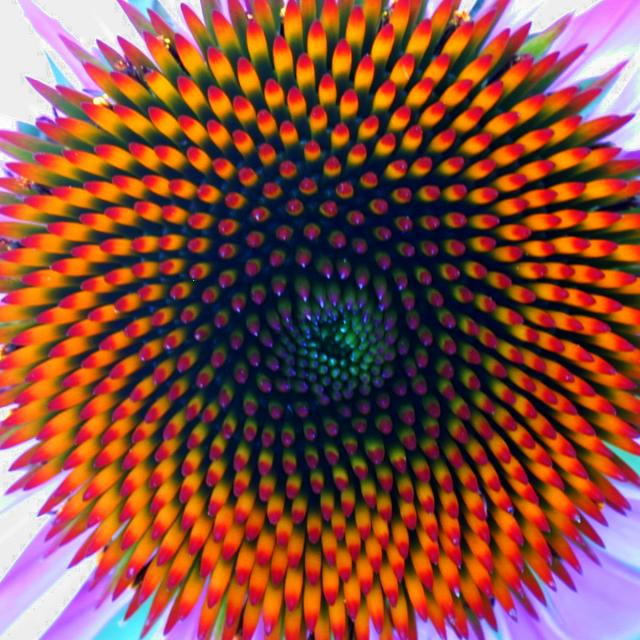1A. Something I've always been fascinated with that exhibits effective complexity is the appearance of the Fibonacci sequence in nature. Not only do (most) flowers have a number of petals which is a Fibonacci number, but the arrangement of the seeds in the centers of flowers is determined by Fibonacci numbers. For example, the flower below has seeds arranged in spirals. There are 55 spirals going to the right, and 34 spirals going to the left, both numbers in the Fibonacci sequence. This is an example of almost total order - while different flowers have different numbers, flowers of the same type are virtually indistinguishable from one another.


1B. I relate to Galanter's idea of the problem of meaning. While I value creating works that are visually or technically interesting and enjoyable to see, there is a big difference for me between that and a piece that holds a lot of meaning. I struggle with whether or not the process or the product is more important to me as well as the viewer, but I think they are equally as valuable in different ways. Intent and concept are important in making art to me, but I'm certainly open to "happy accidents" that are part of the process of making generative art.